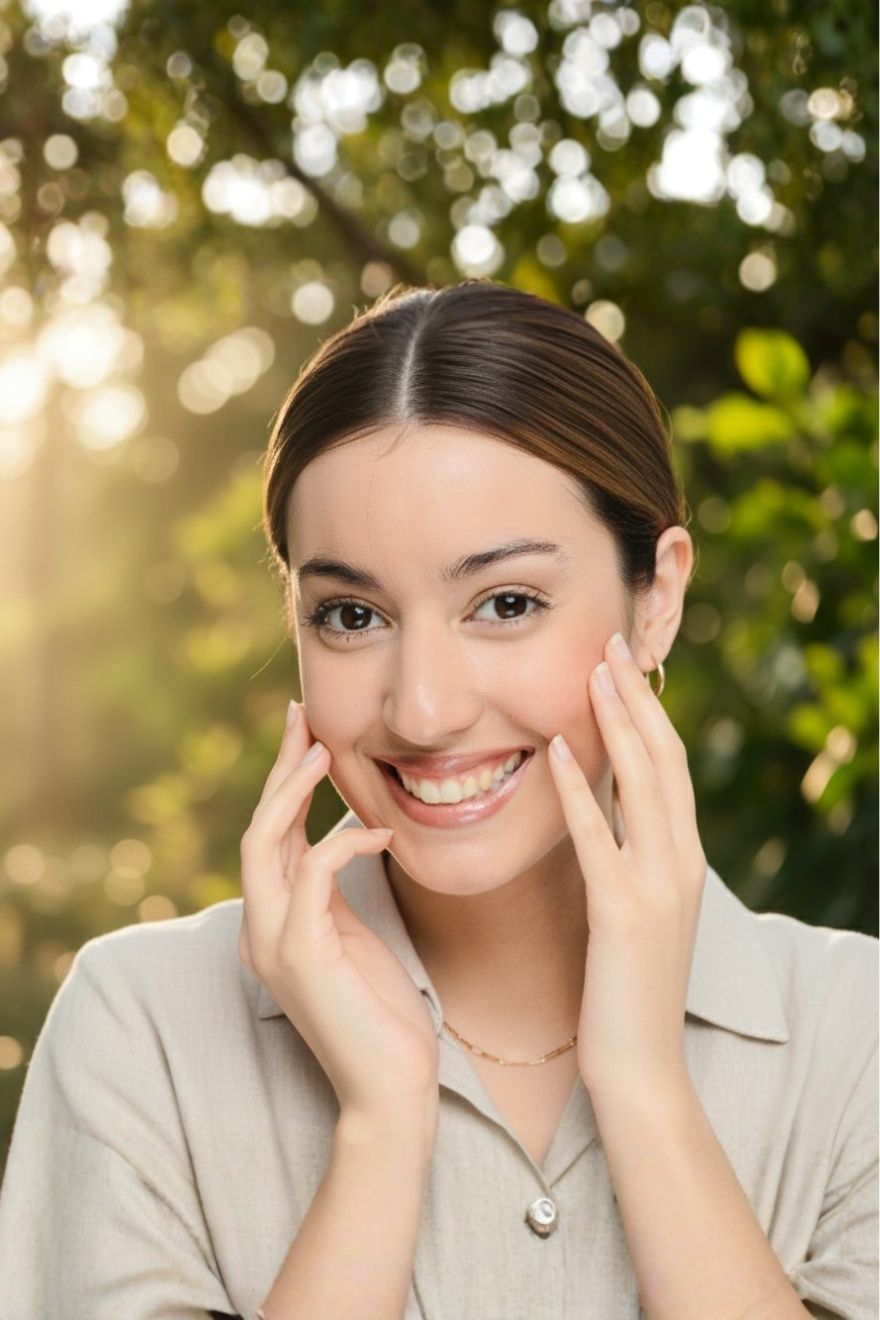How To Treat Dandruff and Hairfall Using Amla Hair Oil?

The Indian gooseberry, commonly known as the Amla, is an unassuming-looking little green fruit that grows abundantly across South Asia. But this berry is an incredibly powerful natural ingredient, particularly when it’s used on your hair.
The finest Amla oil is always extracted by soaking dried amla in another natural oil. Being an excellent moisturizer, this oil strengthens hair right at the root and improves its growth. The phenols found in cold-pressed amla hair oil make it the perfect natural cleanser that helps in cleansing your tresses without aggressively stripping them of their oils. However, its most important uses are in the treatment of the oh-so-stubborn (yet incredibly common) ailments: hair fall and dandruff.
Amla Hair Oil for Dandruff

The main cause of dandruff is commonly thought to be an overly dry scalp, which flakes off and produces the unsightly, irritating flakes of skin we refer to as dandruff. However, it’s actually the other way round. Dandruff is a skin condition of its own—seborrheic dermatitis, a form of eczema. An excessively oily scalp, along with a yeast infection, is actually the issue at the root of the condition, where dryness and flaky scalp are mere side effects.
So while moisturizing the scalp is an important step in treating a dandruff problem, it won’t nip the problem in the bud. Applying amla hair oil, however, does. Amla is known for its strong antiseptic properties, making it a great oil to fight the fungus that leads to dandruff, especially when the infection is in its milder stages or complemented clinical treatment.
In addition, Amla hair oil can also prevent the scalp from producing excessive oil as the application of natural oils can help moderate the sebum we naturally produce. This is because they mimic the oils of our body and send signals to it that the scalp is not excessively dry and does not need to be moisturized. But amla, specifically, goes a step further. Being a mild astringent, it removes unwanted oil along with helping strip impurities.
As mentioned above, Amla hair oil is also a wonderful moisturizer with anti-inflammatory properties & Vitamin C, which help soothe an itchy scalp. Its powerful antioxidants—ellagic acid, gallic acid, and carotene—attack free radicals to relieve irritation.
Amla Hair Oil for Hair Fall
Amla oil can help with regular hair fall, where you experience excessive and untimely hair fall.
Amla also contains significant quantities of tannin and calcium, which strengthen the hair. The tannin, in particular, along with phenolic compounds, binds to the keratin in the hair and reinforces it, helping reduce breakage.
Additionally, Amla's vitamins, minerals, and phytonutrients stimulate hair growth by improving blood flow in the scalp, helping regrow lost hair. Vitamin C aids the body to produce collagen, which helps in the renewal of hair cells. And, of course, the essential fatty acids present in the oil seal in all of these important nutrients and add a healthy luster to your hair.
The Right Way to Use Amla Hair Oil
There are a number of ways in which you can use Amla oil, but for the treatment of dandruff and hair fall, it is essential that the scalp gets a healthy dose of it, rather than just the hair shaft.
So, the best way to incorporate Amla oil into your hair care routine is by using it as a deep-conditioning hair mask . Pour some into a heat-proof container and warm it up in the microwave or in a double-boiler over the stove. When it has cooled to a comfortable temperature, pour some into the palm of your hand and massage it into your hair. Start with your scalp and make sure it gets right to the roots, then smooth the excess over the rest of the hair strand. Saturate the ends with the oil, as they are usually the most damaged bit.
Leave the mask on for at least fifteen minutes, and then rinse it off thoroughly. Unless your hair is very thick or prone to frizziness, feel free to skip conditioner after this—your hair will already feel silky and soft! You can also leave the mask on overnight (wear a shower cap/satin bonnet to prevent oil stains on your pillowcase).
Always remember to be extra careful while selecting an Amla hair oil for your hair or skin. Amla itself seldom triggers irritation, but it can do so when mixed with unhealthy oils, the biggest culprits being mineral oils. Extracting Amla oil via heat-intensive processes is faster and cheaper than cold extraction, but this process destroys many of its most valuable components and modifies others to make them more likely to cause unwanted side effects.
To make sure your hair gets the best nutrients Amla hair oil has to offer, make sure to choose one that is backed by credentials, not just a label that says “All-natural!” on the front. Life & Pursuits’ Amla Brahmi Oil gives you just that, with the added bonus of Brahmi, another powerful ingredient for healthy hair.










